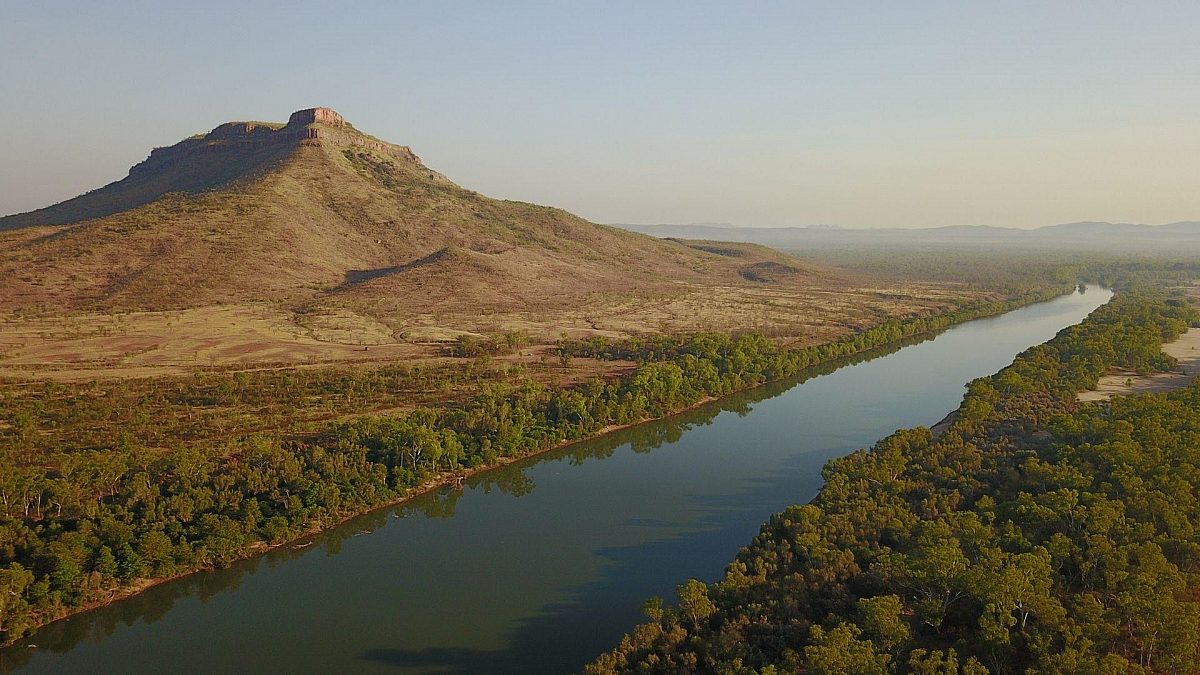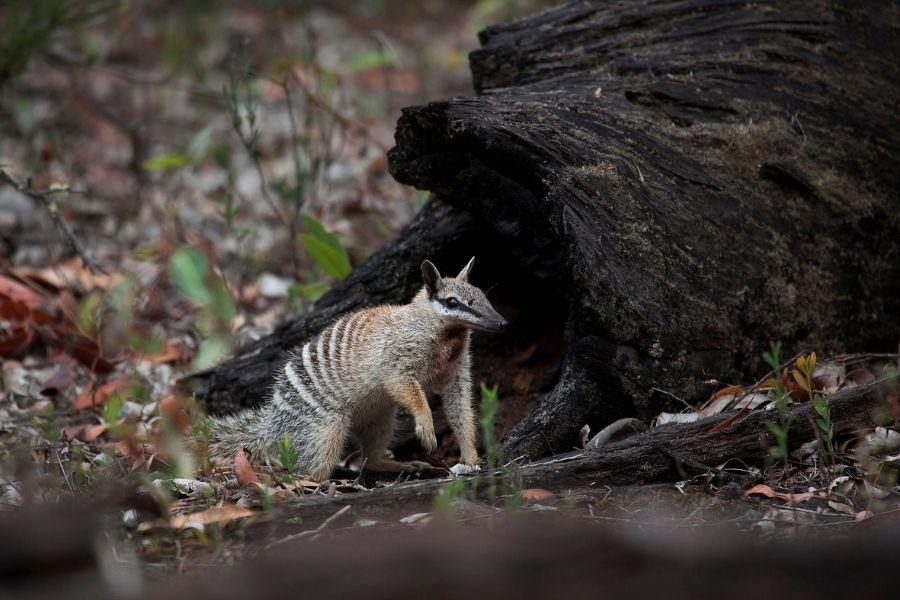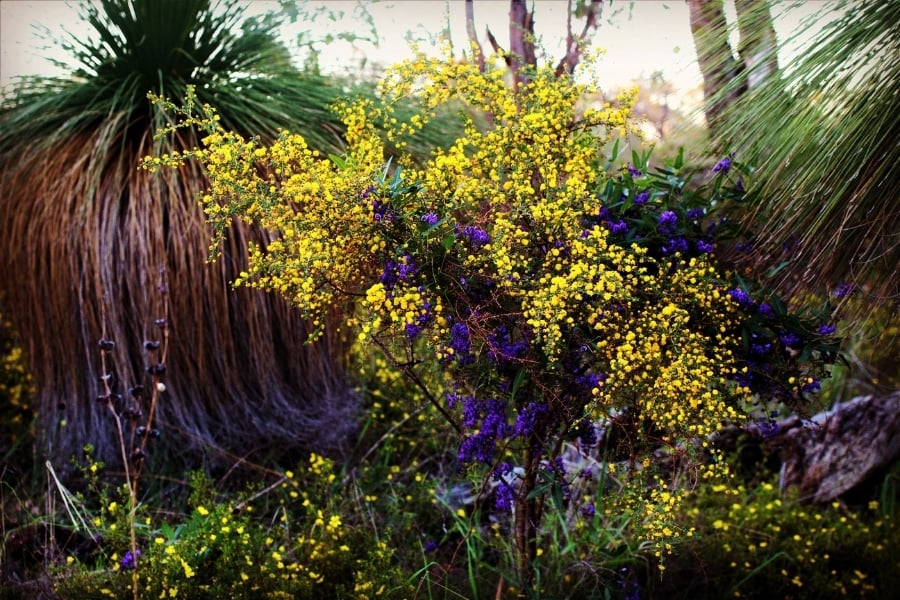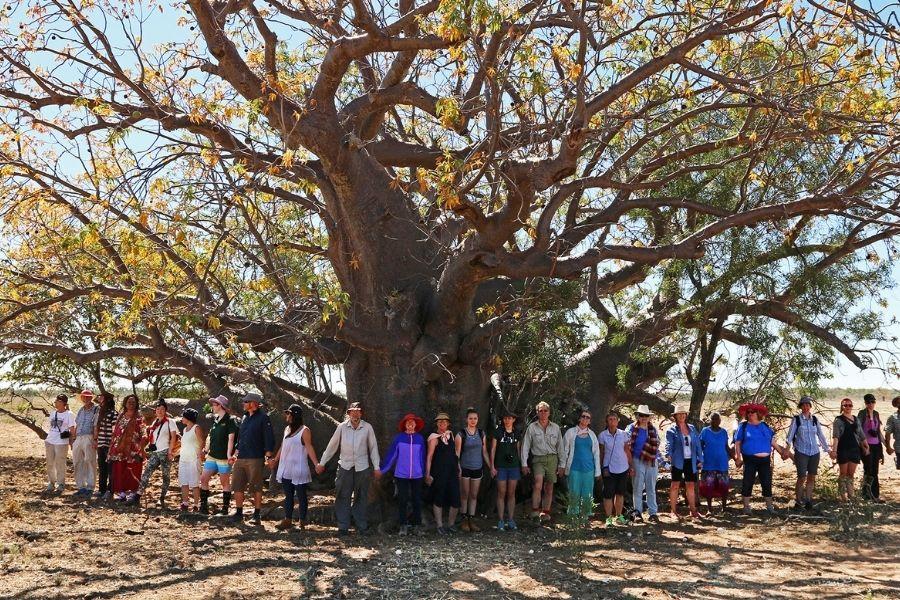
7 ways to protect WA's most valuable natural asset
Western Australia's forests, woodlands and outback native vegetation play a critical role in preserving biodiversity, providing a home for threatened species and storing huge quantities of carbon.

Due to the ongoing destruction of native vegetation across the state and shortfalls in monitoring and enforcement these critical bioregions are now at risk.
The Wilderness Society has produced a report to highlight flaws in the current system and a set of seven recommendations to reform the way in which native vegetation is protected, monitored and restored.
The opportunity to transform the system

The seven recommendations outlined below provide a path forward to arrest the declining state of WAs native vegetation:
- EXPAND OUR CONSERVATION ESTATE—protect the most important forests, bushland and outback across the state.
- INVEST IN USEFUL AND ACCURATE DATA—adopt a long-term and sustainable $10 million annual monitoring program.
- SECURE A NET GAIN GOAL—adopt a whole-of-government reform towards net gain of WA’s native vegetation.
- RETHINK FIRE MANAGEMENT—review rapid response and prescribed burns.
- EXPAND LAND RESTORATION—increase funding of the land restoration program to $100 million.
- EMBED COMMUNITY RIGHTS—enshrine basic universal community rights in legislation.
- ADOPT ENHANCED NATIONAL STANDARDS—boost government accountability, compliance and enforcement
“The Wilderness Society WA has prepared this report to advance the conservation and protection of WA’s native vegetation that underpins our cherished biodiversity. I commend this report as deserving of close attention leading to a positive response and action.”- Professor John Bailey, Murdoch University, Emeritus Professor of Environmental Science.
Help us continue this important work

The WA Government has been undertaking a public consultation on native vegetation policy since 2019 and the Wilderness Society will continue to provide input when a draft policy is publicly released.
The Wilderness Society will continue to expose the consequences of this flawed system and advocate for change that protects, monitors and restores our native vegetation. But we need your help.